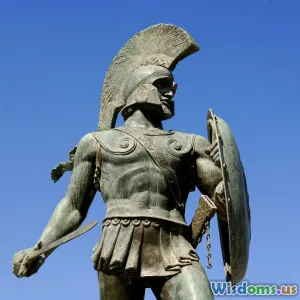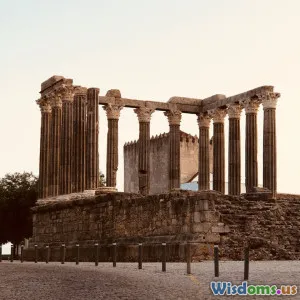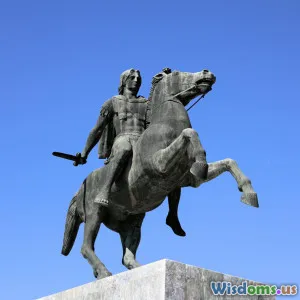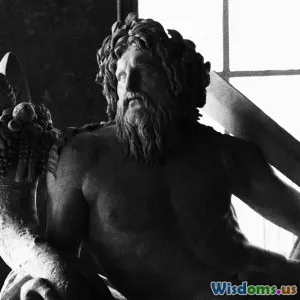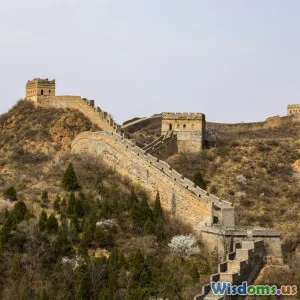
What Ancient Rome Teaches Us About Managing Diversity
14 min read Discover timeless strategies from Ancient Rome for embracing and managing cultural diversity in modern organizations. (0 Reviews)
What Ancient Rome Teaches Us About Managing Diversity
Centuries ago, the Roman Empire spanned from chilly Britannia to the sunbaked sands of Egypt, embracing hundreds of peoples and tongues within its famously sprawling boundaries. Unlike many conquerors before or since, the Romans not only subjugated but often sought to integrate these diverse groups—and their efforts left a legacy that continues to resonate in modern discussions about multicultural management, inclusion, and the harnessing of diverse strengths. Through their successes, and plenty of blunders, Rome offers powerful lessons about managing diversity that remain strikingly relevant today.
Rome: The Ultimate Mosaic

It’s easy to picture ancient Rome as a world where senators togged in white togas discussed the fate of disciplined Roman legions. Yet, Rome itself was far from homogenous. Walking its cobbled streets during the Empire’s height, one would hear a symphony of languages—Greek, Latin, Aramaic, Celtic dialects, Egyptian, and more—amid a bustling medley of faces from across Europe, Africa, and the Near East.
Concrete Example: In the urban center of Rome, upwards of half a million people lived or passed through by the second century CE. The city hosted immigrants, slaves, merchants, soldiers, and freedmen from places as far as Syria and Mauretania (modern Morocco/Algeria). In fact, from the city’s early days, the myth of Romulus and Remus includes the welcoming of outsiders—asylum to exiles and fugitives—signaling Rome’s foundational embrace of difference.
Insight: Rome’s pragmatic view was that diversity made the state stronger—new gods, ideas, and technologies filtered into Roman life, often with official approval.
Strategies for Integrating Newcomers

Integrating conquered and immigrant populations was both a challenge and an opportunity for Rome. The Romans developed practices ahead of their time:
1. Gradual Extension of Citizenship:
Instead of keeping subject peoples forever outside the gates, Rome extended elements of legal citizenship gradually. Though initially reserved for residents of the city, citizenship was, by the second century CE, available across the empire. The turning point came in 212 CE, with Emperor Caracalla's Constitutio Antoniniana—a sweeping edict making nearly all free men within the empire Roman citizens.
Example: The Gallic (French) elites who supported Rome during crises were often rewarded with Roman citizenship and even Roman-style senatorial titles. Local customs were tolerated as long as allegiance to Rome was secured.
Key Takeaway: Modern organizations can learn to go beyond tokenism, striving for genuine participation of diverse groups by creating meaningful paths to membership and leadership.
Managing Multilingualism and Communication Barriers
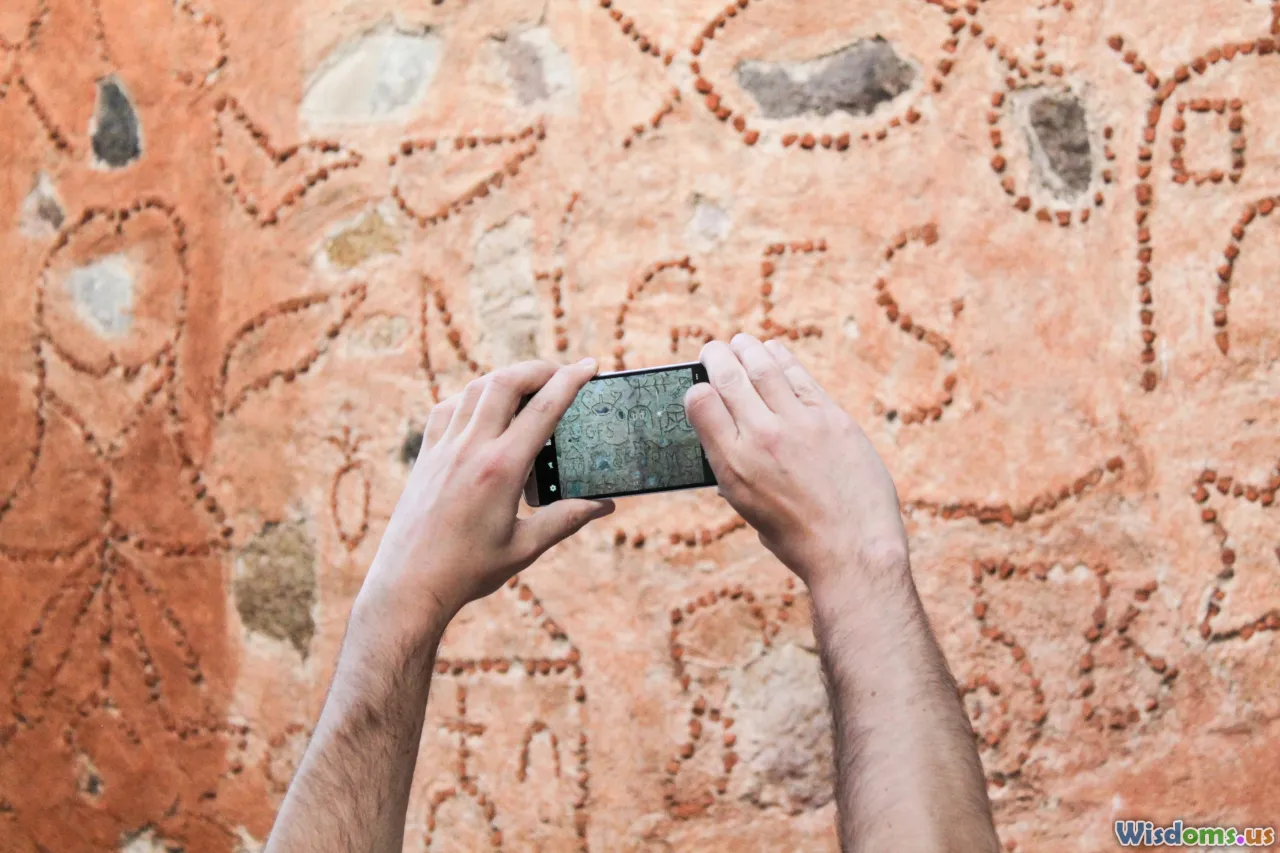
With hundreds of languages spoken by soldiers and civilians, how did Romans manage communication?
1. The Lingua Franca: Latin served as the administrative language, especially in the West, while Greek dominated in the East. Official documents “spoke” primarily these two tongues, but everyday Rome was awash in multiple dialects.
2. Official Translators and Local Interpreters: Each province routinely employed interpreters—called interpretes—who enabled legal proceedings, military organization, and trade. This official acknowledgment of linguistic diversity allowed for smoother governance and commerce.
Modern Parallel: Global organizations today benefit by fostering multilingual environments, investing in translation tools, accessible communication, and developing a culture that appreciates—not penalizes—accents or non-native speakers.
Balancing Unity and Local Identity

Rome spent centuries negotiating the delicate balance between creating a shared imperial identity and respecting local autonomy—be it religious, cultural, or legal.
1. Religious Flexibility: Though the official pantheon of gods was lauded in grand temples, Rome usually respected indigenous deities. The Egyptians kept their Isis; Greeks, their mysteries. The vital condition? Foreign cults could not threaten state security or morality—leading to both integration (e.g., Mithraism) and resistance (as in the case of Christianity/Judaism initially).
2. Legal Pluralism: Provincial subject peoples often retained local laws and courts, so long as they did not clash with essential Roman interests. Local leaders could be co-opted as magistrates or priests, blending Roman and indigenous traditions.
Example: In Judea, Herod’s court observed many Jewish customs while answering ultimately to Roman governors—a situation fraught with tension yet illustrative of the flexibility and constraints at play.
Lesson: Instead of enforcing rigid uniformity, leaders can encourage a shared overarching vision while still honoring and learning from distinct perspectives and practices.
Diverse Leadership at the Top
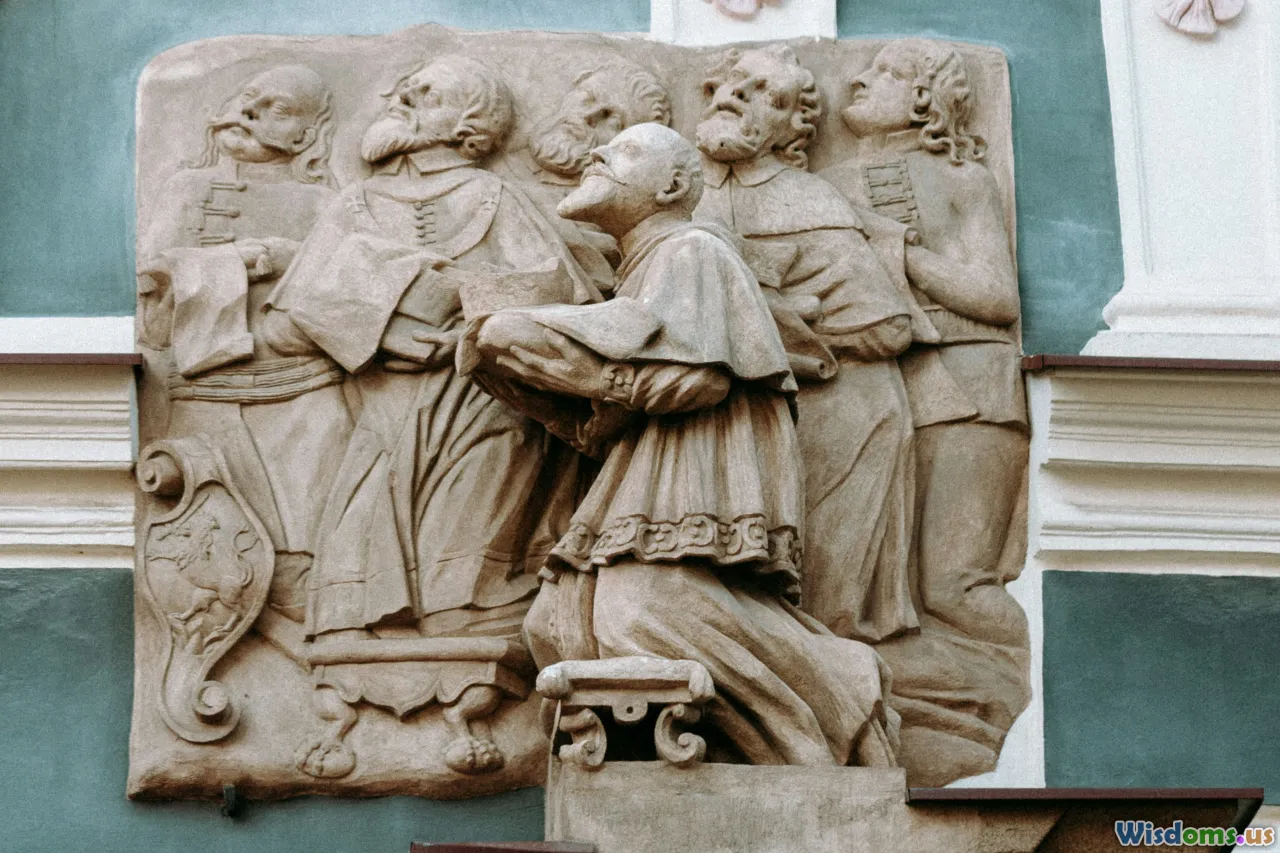
The Roman state was not led solely by white-robed Romans of old. Over the centuries, individuals from across the provinces rose to the empire’s highest echelons.
1. Emperors from the Provinces: By the 3rd and 4th centuries CE, several emperors were born outside Italy—Septimius Severus (North African), Elagabalus (Syrian), and others. Some Legion commanders hailed from as far away as Bulgaria or modern-day Serbia.
2. Legions and Officialdom: The officer corps in Rome’s vast armies, and senior civil officials, regularly included people from non-Italian backgrounds. The Empire’s diverse leadership fostered innovative policies and unexpected alliances.
Real-World Corollary: Today, diversity is not just a feel-good metric. Organizations thrive when leadership reflects the makeup of their stakeholders, and innovation springs from the collision of different backgrounds and viewpoints.
Addressing Prejudice and Social Strain

Though the empire sometimes celebrated its diversity, Roman society was far from free of prejudice. Stereotypes and suspicion clung to certain groups, exacerbated by economic and social competition.
1. Xenophobia and Fear: In tough times, “foreigners” became convenient scapegoats. Anti-Greek, anti-Middle Eastern, or anti-African sentiments show up in scrawled graffiti and satirical writings. Some Roman authors mocked immigrant languages, religions, or skin color.
2. Legal Discrimination: Certain groups—slaves, early Christians—were denied full rights. Indexing ‘the other’ sometimes hardened into systemic bias, especially during periods of crisis.
What History Teaches: Acknowledging and confronting prejudice is vital. Diversity initiatives must go beyond quotas, addressing unconscious bias, fostering empathy, and being prepared to challenge ingrained hierarchies.
Organizational Lessons from Rome’s Failures
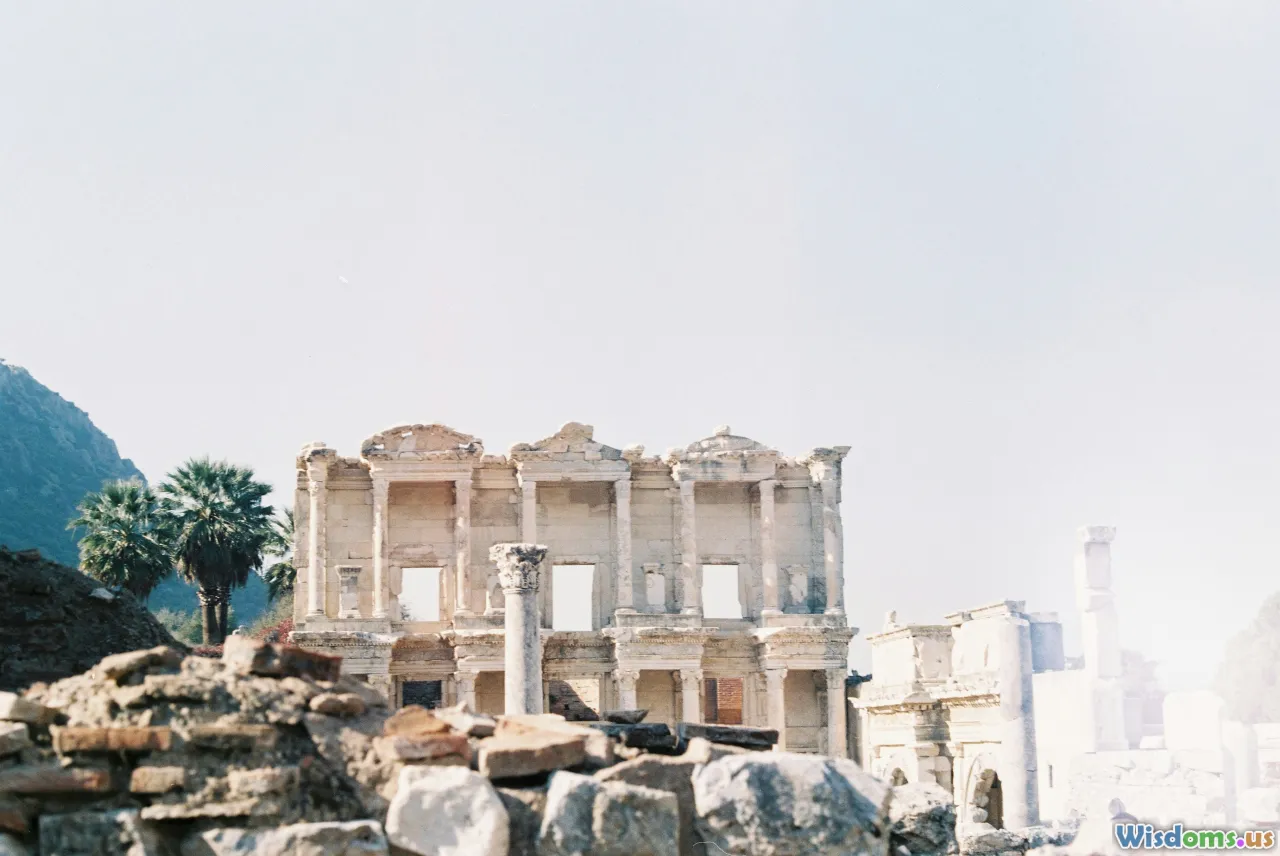
Rome’s inclusivity had limitations and failures that offer cautionary insights.
1. Overextension without Integration: Incorporating territories without addressing regional inequities created resentment and resistance. In Britain, for instance, rulers leveraged some local leaders but left others disenfranchised, sowing seeds for rebellion.
2. Revolts Due to Mismanagement: The Jewish-Roman wars, the rebellion of Queen Boudica in Britannia, and revolts in Africa and Gaul often stemmed from heavy-handedness, tax burdens, or disrespect of local traditions.
Actionable Insight: For businesses, failing to address the needs and voices of underrepresented groups can trigger disengagement, turnover, or open conflict. Listening and adapting policy to local concerns is essential.
Rome’s Cultural Syncretism: The Power of Blending

One of Rome’s quiet superpowers was its capacity to assimilate and adapt foreign ideas.
1. Art and Architecture: Roman sculpture and temple design drew deeply from Greek, Egyptian, and Etruscan sources. The Pantheon in Rome interweaves Egyptian obelisks, Greek columns, and Latin inscriptions—a multicultural masterpiece.
2. Festivals and Gods: Instead of destroying “paganism,” Romans appropriated and repurposed—Luxuries, foods, styles, and gods found Roman iterations. The cult of Mithras (of Persian origin), Isis, and eastern mystery religions attracted followers from all backgrounds.
Tip for Today: Innovation flourishes where elements are blended. Encourage exchange programs, mentorship, and the borrowing of ‘best-in-class’ customs from across cultures. Make diversity a daily lived experience.
What Modern Organizations Can Apply

Translating Roman practices to the 21st century uncovers immediately useful principles:
- Proactive Inclusion: Think beyond the hiring phase. Create pathways for minority voices to shape policies, not just follow them.
- Representative Leadership: Ensure decision-making bodies reflect the diversity of those you serve. Mentor prospective leaders from across backgrounds.
- Cultivate Language Flexibility: Invest in language skills (not only English!), cultural training, and the mindset that language is a bridge, not a barrier.
- Embrace Legal and Cultural Pluralism: Tailor solutions to local norms where possible, within a shared set of values.
- Celebrate Syncretism: Make space for celebration of differences—lunchtime talks, festival days, and idea sharing from all levels.
- Safeguard Against Prejudice: Ongoing education, open forums for reporting concerns, and clear commitments from the top are essential.
- Learn from Crisis: When conflict or disengagement arises, investigate if systemic exclusions or communication gaps are at fault, then adapt policy and behavior accordingly.
Diversity Isn’t a New Challenge—Or a Distraction From Success

The Roman world, with all its mosaics and multitude of voices, underscores a fact sometimes lost in heated debates about diversity and inclusion: A pluralist approach isn’t only possible—it can propel enduring strength. Rome’s spectacular longevity was fueled, in large part, by its willingness to welcome, adapt, and integrate. Of course, the empire wasn’t perfect: exclusion and prejudice burned holes in the imperial fabric, and when Rome forgot the value of its patchwork, it faltered.
Today’s organizations can draw both inspiration and healthy caution from these ancient managers of difference. By building not only on successes but also on lessons hard-learned from failure, leaders can navigate the complexity of their own diverse worlds—and perhaps, like the Romans, shape a lasting legacy stronger and more innovative for its mix.
Rate the Post
User Reviews
Popular Posts










